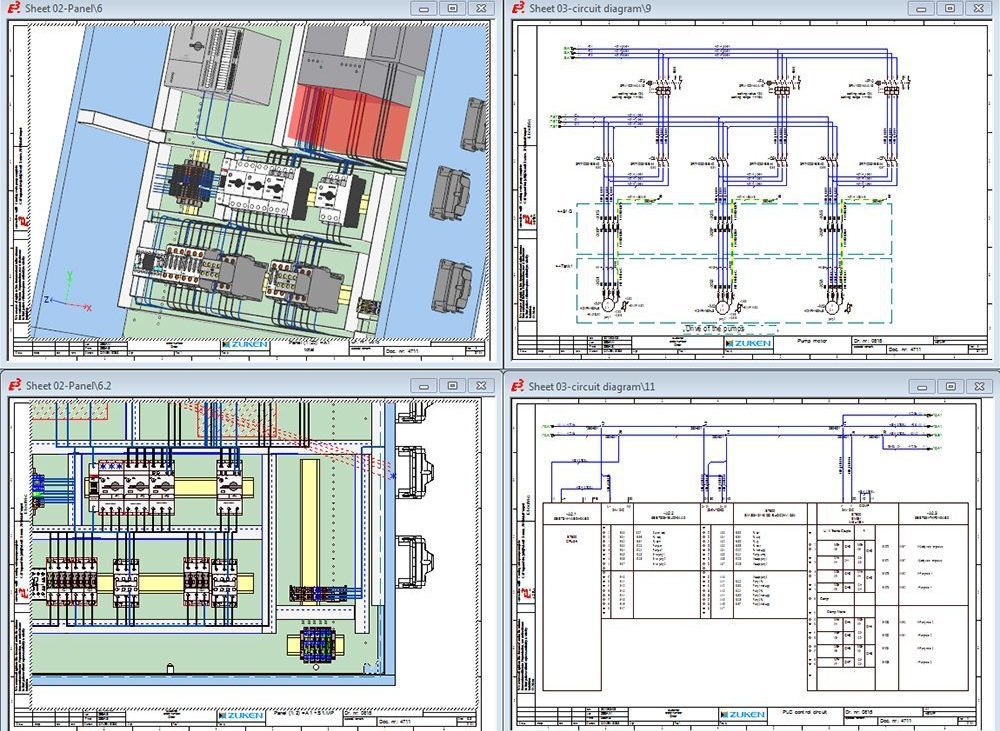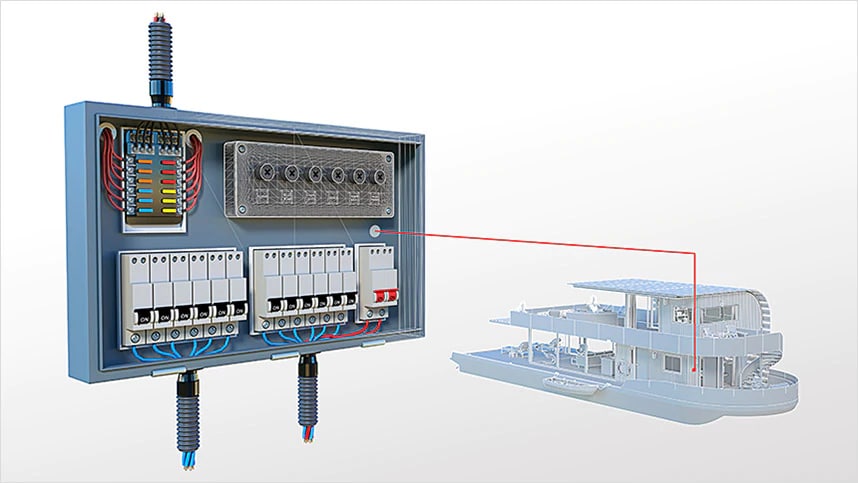Cutting-edge Electrical Design Services for Modern Framework
The advancement of modern infrastructure necessitates cutting-edge electric design solutions that not just improve operational effectiveness but additionally address sustainability challenges. As metropolitan atmospheres grow progressively intricate, incorporating innovations such as wise grids and renewable resource resources becomes extremely important. These advancements not only assure to optimize energy consumption however also foster resilience against future needs. Nevertheless, the landscape of electrical design is undergoing fast improvement, motivating a closer exam of arising trends and their effects for long-term infrastructure stability. What might the future hold for those that accept these ingenious methods?
Relevance of Cutting-edge Electrical Design
Ingenious electric design plays a crucial duty in modern infrastructure, affecting not just efficiency yet also sustainability. As cities progress and the need for power rises, the demand for innovative electrical systems ends up being vital. These systems must not just meet current needs but likewise expect future development and technical improvements.
A well-executed electrical design can dramatically minimize power intake, thus reducing functional costs and reducing ecological impact. By integrating eco-friendly energy resources, such as solar panels and wind turbines, cutting-edge designs can enhance power freedom and strength. In addition, smart grid technologies permit real-time surveillance and monitoring of power circulation, enhancing performance and lowering waste.
Safety is an additional vital facet of electric design. Implementing innovative technologies and strenuous requirements can minimize risks related to electrical failures, guaranteeing a protected setting for organizations and locals alike. Furthermore, innovative layouts help with flexibility, allowing infrastructures to integrate arising innovations effortlessly.
Key Patterns in Electric Design
As the landscape of electrical design continues to progress, numerous key patterns are forming the future of the sector. One substantial pattern is the assimilation of clever technology into electrical systems. The expansion of the Web of Points (IoT) has allowed real-time tracking and control of electric devices, boosting performance and facilitating predictive upkeep.
One more pattern is the expanding emphasis on modular design. This technique enables scalable and versatile solutions, enabling infrastructure to adapt to altering needs without extensive remodellings. In addition, using advanced simulation devices and Structure Details Modeling (BIM) is becoming significantly common, improving the design process and enhancing collaboration among stakeholders.
Moreover, innovations in materials scientific research are leading to the development of lighter, much more resilient, and energy-efficient components. This innovation is particularly essential for high-performance buildings and framework tasks.
Last but not least, there is a marked change towards data-driven decision-making - electrical design services. Leveraging information analytics assists designers enhance systems for performance and cost-effectiveness. Together, these trends indicate a transformative age in electric design, boosting functionality, sustainability, and durability in modern infrastructure
Lasting Energy Solutions
Lasting power options are increasingly becoming a critical emphasis in electric design, mirroring a broader commitment to environmental responsibility and source effectiveness. These options intend to lessen environmental influence while maximizing energy usage in various frameworks, from household buildings to huge commercial facilities.
Among the primary approaches involves the assimilation of renewable resource sources, such as photovoltaic panels and wind generators, into electric systems. This not just decreases dependence on nonrenewable fuel sources yet also improves energy strength. Additionally, ingenious power storage space systems, such as sophisticated batteries, make it possible for efficient administration and circulation of power, ensuring that surplus energy created during height manufacturing can be utilized during high need periods.
Furthermore, energy-efficient design practices are being taken on to improve overall system performance. This consists of utilizing energy-efficient illumination, cooling and heating systems, and clever building technologies that keep track of and adapt energy usage based on tenancy and environmental problems.
Smart Grid Technologies
The implementation of sustainable energy services naturally results in the exploration of wise grid technologies, which play a critical role in modernizing electrical systems. Smart grids utilize progressed interaction innovations and information analytics to improve the reliability, efficiency, and sustainability of electrical power distribution. By incorporating digital technology with conventional grid infrastructure, these link systems facilitate real-time tracking, automated control, and enhanced decision-making capabilities.
Among the vital features of smart grids is their capacity to fit sustainable power sources, such as solar and wind power. This adaptability not just reduces reliance on nonrenewable fuel sources however likewise enables a much more decentralized energy manufacturing design. Clever grids allow demand action programs, where customers can adjust their power usage based on real-time pricing, therefore promoting power conservation and minimizing peak tons demands.
Furthermore, clever grid modern technologies boost grid resilience by making it possible for quicker recognition and resolution of outages, ultimately reducing downtime. With anticipating maintenance and analytics, energies can enhance and enhance procedures solution delivery. As communities and cities remain to evolve, wise grid technologies are necessary for developing a sustainable and reliable electric facilities that meets the needs of modern-day society.

Future-Proofing Infrastructure
To make sure lasting feasibility and adaptability, future-proofing framework is important in the quickly evolving landscape of electric design solutions. As modern technology developments and energy needs shift, it is vital that electrical systems are created with flexibility in mind. This requires including scalable useful link remedies that can accommodate future upgrades without demanding comprehensive overhauls.

Additionally, sustainability needs to be a foundation of future-proofed designs. Making use of renewable energy sources, such as solar and wind, and maximizing energy effectiveness lower straight from the source dependence on nonrenewable fuel sources, lining up with international efforts to deal with climate adjustment.
Conclusion
In final thought, cutting-edge electric design solutions play a crucial function fit contemporary facilities. By focusing on adaptability, performance, and sustainability, these services address the developing demands of energy systems. The combination of smart grid modern technologies and sustainable energy remedies enhances resilience and decreases operational prices. Future-proofing infrastructure with sophisticated simulation tools and modular techniques guarantees that electric systems continue to be receptive to transforming demands, eventually adding to a much more energy-independent and sustainable future.
A well-executed electric design can significantly lower energy consumption, consequently lowering functional expenses and reducing environmental effect. By incorporating eco-friendly energy sources, such as solar panels and wind generators, innovative layouts can enhance power independence and durability. Additionally, cutting-edge energy storage space systems, such as sophisticated batteries, allow efficient monitoring and distribution of power, making sure that excess energy produced during height manufacturing can be made use of during high need periods.
Smart grids enable need response programs, where customers can readjust their energy use based on real-time prices, therefore promoting power conservation and decreasing peak lots demands. (electrical design services)
As innovation breakthroughs and power needs shift, it is critical that electrical systems are created with adaptability in mind.